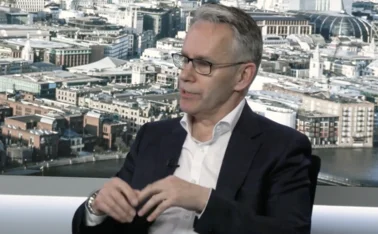
Spotlight: Fraud – Improving customer trust in quality data

Oleg Zadalia, principal solutions consultant for ThreatMetrix, LexisNexis Risk Solutions, explores the most important findings from the Insurance Post Fraud Survey Report 2022. Not least the significant concerns held amongst members of the insurance community about the uptick in opportunistic fraud resulting from prevailing economic conditions
Having already suffered considerable economic stress following the Covid-19 pandemic, the ongoing cost-of-living crisis is squeezing low and middle-income earners like never before. Such financial
Only users who have a paid subscription or are part of a corporate subscription are able to print or copy content.
To access these options, along with all other subscription benefits, please contact info@postonline.co.uk or view our subscription options here: https://subscriptions.postonline.co.uk/subscribe
You are currently unable to print this content. Please contact info@postonline.co.uk to find out more.
You are currently unable to copy this content. Please contact info@postonline.co.uk to find out more.
Copyright Infopro Digital Limited. All rights reserved.
As outlined in our terms and conditions, https://www.infopro-digital.com/terms-and-conditions/subscriptions/ (point 2.4), printing is limited to a single copy.
If you would like to purchase additional rights please email info@postonline.co.uk
Copyright Infopro Digital Limited. All rights reserved.
You may share this content using our article tools. As outlined in our terms and conditions, https://www.infopro-digital.com/terms-and-conditions/subscriptions/ (clause 2.4), an Authorised User may only make one copy of the materials for their own personal use. You must also comply with the restrictions in clause 2.5.
If you would like to purchase additional rights please email info@postonline.co.uk








